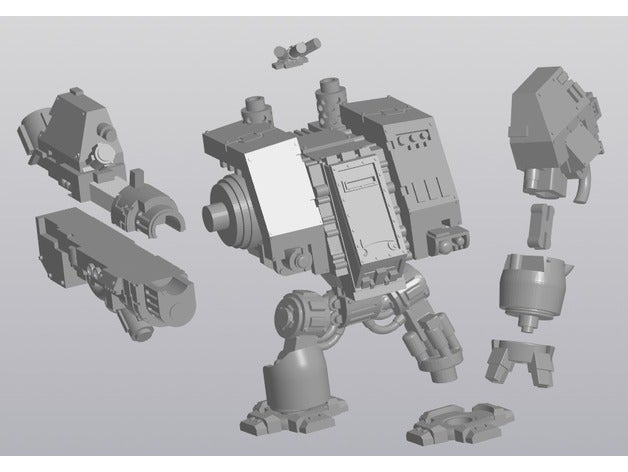
Days after the end of the war, Mikasa 's magazine accidentally exploded and sank the ship.

Named after Mount Mikasa in Nara, Japan, the ship served as the flagship of Vice Admiral Tōgō Heihachirō throughout the Russo-Japanese War of 1904–1905, including the Battle of Port Arthur on the second day of the war and the Battles of the Yellow Sea and Tsushima. Mikasa ( 三笠) is a pre-dreadnought battleship built for the Imperial Japanese Navy (IJN) in the late 1890s, and is the only ship of her class. The A OTF FLAG OFFICER'S HANDBOOK explains in detail how the cards can be used to.2 shafts, 2 vertical triple-expansion steam enginesĩ,000 nmi (17,000 km 10,000 mi) at 10 knots (19 km/h 12 mph) While intended for use with ADMIRAL OF THE FLEET rules, it is readily adaptable to any other naval gaming system. The AOTF Signal Deck is a set of 67 coated, professionally-printed, poker-size cards based on the British Admiralty's 1916 General Signal Book. It covers the many ship classes of the 1885-1906 period for the navies of Argentina, Austria-Hungary, Brazil, Chile, China, Denmark, France, Germany, Great Britain, Greece, Italy, Japan, Netherlands, Norway, Portugal, Russia, Spain, Sweden, Turkey, and the United States. This volume of the AOTF NAVAL ANNUAL Series provides nearly 400 pre-formatted, printable ship logs. If you've played other naval games, you'll have to. In the 1890s, 1,500 yards was considered effective range, and 3,000 yards was long range. During this period, there are no all-big-gun battleships, aircraft, gun directors, or radios.
Dawn of the Battleship simulates naval warfare from 1890 up to 1904, just before technology began to quickly change in the years leading up to WW I.


 0 kommentar(er)
0 kommentar(er)
